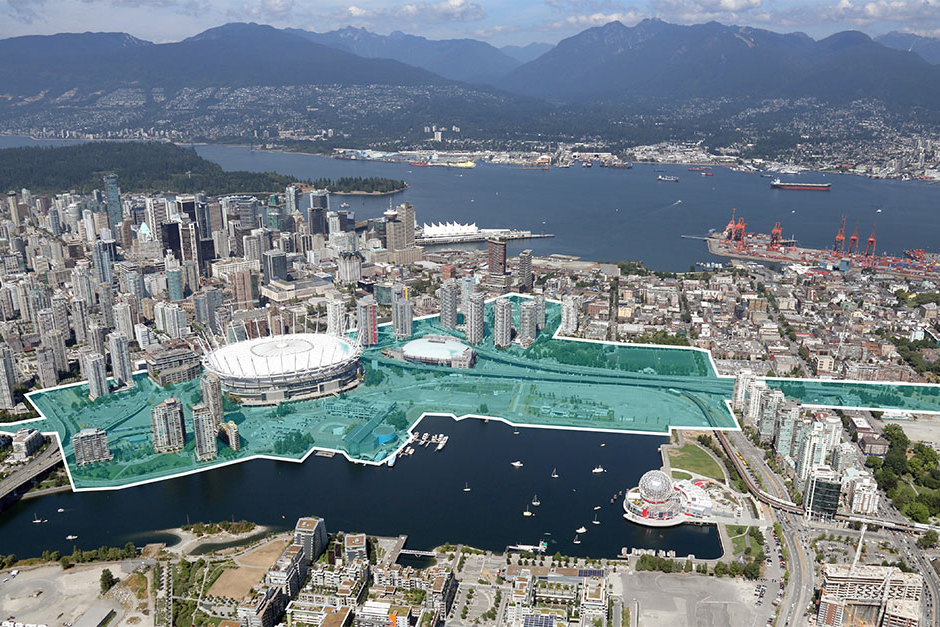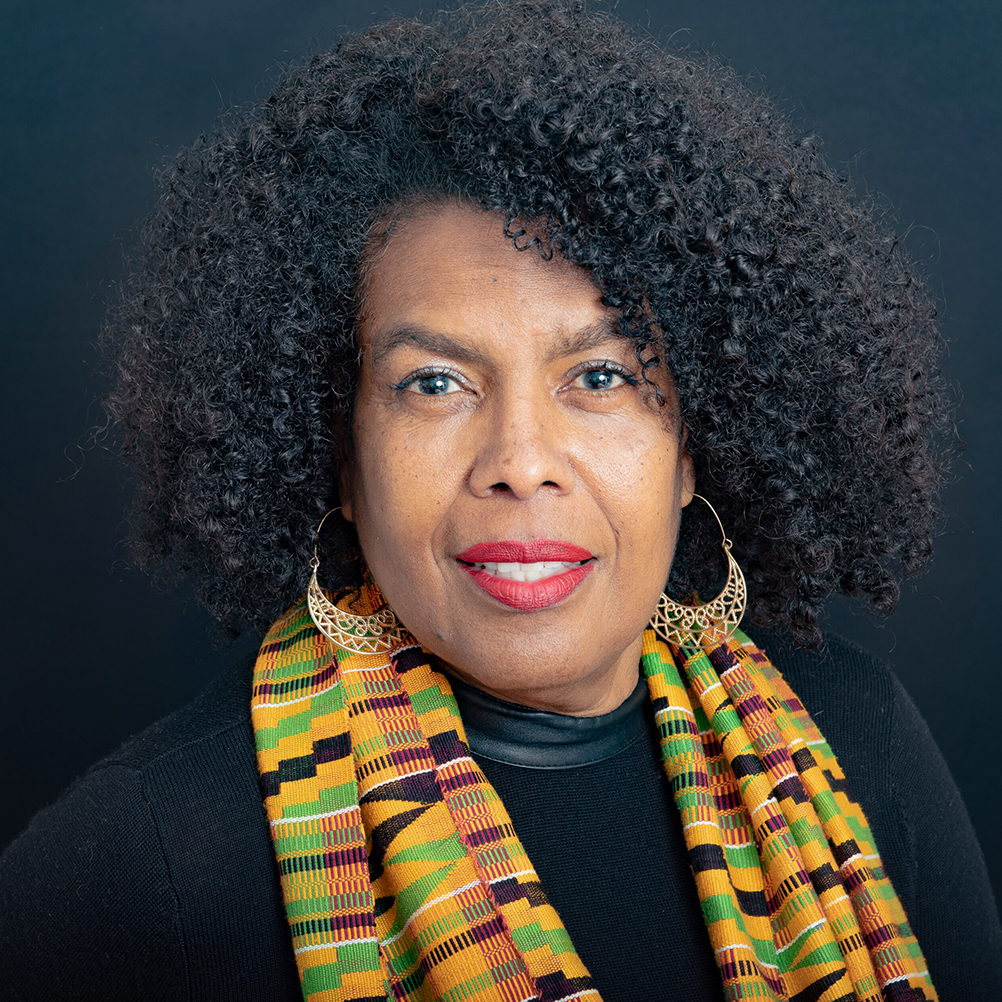SFU Beedie professor June Francis at heart of city’s redevelopment plan for Hogan’s Alley
Sep 21, 2022

Architectural concepts for the Main Street blocks, with the west block and Hogan’s Alley to the east. (Perkins + Will / City of Vancouver)
A new city project hopes to reclaim some of the hope that was lost when city planning in the early 70s led to the displacement and erasure of Hogan’s Alley, Vancouver’s historic Black neighbourhood.
The City of Vancouver has signed a historic agreement with the Hogan’s Alley Society to become home to new apartments and a potential cultural centre. At the heart of this project is June Francis, co-chair of the Hogan’s Alley Society and associate professor of marketing at SFU’s Beedie School of Business. Francis also heads SFU’s Institute for Diaspora Research and Engagement and co-founded the Co-Laboratorio project.
The recent agreement with the City of Vancouver will provide a community land trust to the Hogan’s Alley Society (HAS), a non-profit organization that advocates for the Black community in Vancouver and seeks to involve racialized and marginalized communities in city building. HAS will, in turn, be responsible for costs of design, construction, programming, operation, maintenance, and other related capital costs.
Originally a hub for Black settlers dating back to 1858, Hogan’s Alley was the unofficial name for Park Lane in Vancouver’s Strathcona neighbourhood. The alley ran between Union and Prior Streets from approximately Main Street to Jackson Avenue and was home to more than 800 Black community members.

June Francis, associate professor of marketing at SFU’s Beedie School of Business and co-chair of the Hogan’s Alley Society.
Fifty years ago, the construction of the Georgia and Dunsmuir viaducts displaced this diverse Black immigrant community. Francis says the destruction of Hogan’s Alley was part of a larger pattern that saw Black communities displaced in cities across North America and left Vancouver’s Black community fragmented.
“The whole idea is to bring back and redress what was lost,” Francis told the CBC.
As part of the city’s Northeast False Creek Plan, there are plans to demolish the viaducts and redevelop the area with forms and uses that re-establish a cultural hub for Vancouver’s Black community while acknowledging and redressing past historical injustices. The planned redevelopment includes a Black Cultural Centre and social and community gathering spaces, housing, and amenities, including a rooftop basketball court, daycare, non-profit office space, and dining spaces. The location of the new St. Paul’s Hospital is also expected to bring in foot traffic and economically revitalize the surrounding areas.
The city is working on establishing a long-term partnership with the Hogan’s Alley Society to develop the cultural aspects of the redevelopment plan for Hogan’s Alley, but their progress has been delayed by the global COVID-19 pandemic.
Djaka Blais, executive director of the Hogan Alley Society, told the CBC: “The opportunity here is to reclaim that sense of presence and place and to be working towards a thriving hub again for the Black community.”
Learn more about June Francis and her work.
